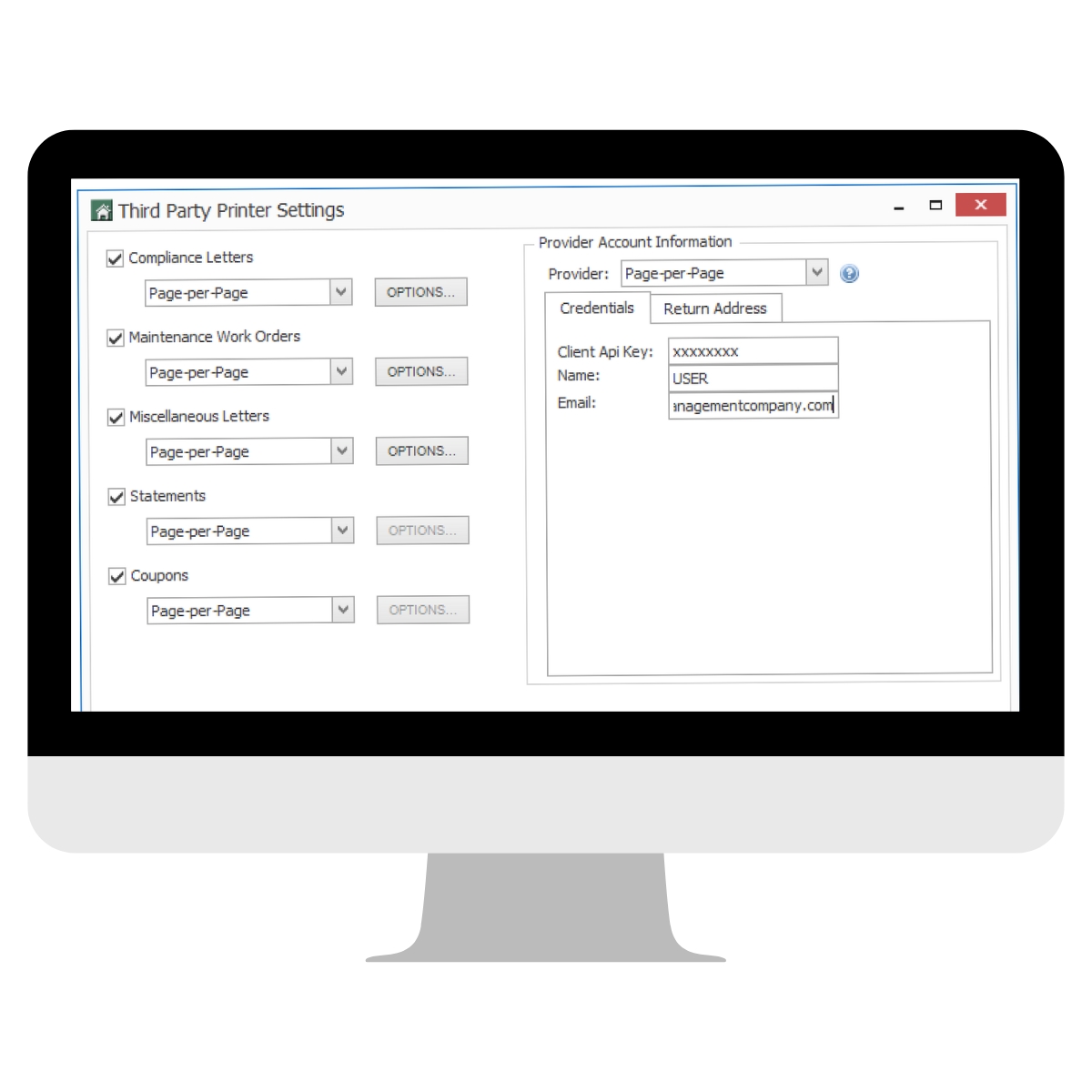While an HOA ultimately serves to protect the property values of its residents and create a pleasant community experience, it can sometimes be confusing to figure out their seemingly complicated rules and regulations. For example, what are HOA bylaws? How do they compare to the CC&R’s? Are they enforceable?
Here, we answer some of the most commonly asked questions about HOAs and their bylaws.
What Are HOA Bylaws?
HOA bylaws are the rules that dictate how an HOA operates on a day-to-day basis. More specifically, they govern how board members operate. In most cases, these bylaws are legally enforceable, and they typically:
- Delineate the powers and duties of board members.
- Articulate how an HOA board’s actions impact residents.
- Dictate how board members and residents should interact and resolve issues.
In most cases, HOA bylaws will also outline how and when board meetings are held, how and when board members are elected, the duration of board member service, and the voting rights of board members. Through articulating how HOA board members should function in their roles, bylaws allow them to be held accountable.
What is the Difference Between HOA Bylaws and CC&Rs?
While both HOA bylaws and CC&Rs can be extensive documents, the bylaws apply mainly to the actions and responsibilities of board members. CC&Rs, however, apply to each homeowner in the community. CC&Rs––that is, covenants, conditions, and restrictions––pertain to the rules and regulations of a community at large, its residents, and the land it’s developed on.
For example, typical HOA bylaws will articulate election processes for board members, in addition to the regularity with which board members meet. Conversely, CC&Rs will touch on issues related to property restrictions, homeowners insurance requirements, and maintenance regulations for homes within the community.
How Can I Get a Copy of My HOA Bylaws?
As with CC&Rs, it’s important that residents of a community are familiar with their HOA bylaws. In most cases, HOA bylaws will be provided to you upon closing the purchase of your property; however, if you don’t have a copy, you can access this information through one of several avenues.
If your community currently has an HOA website, then you’ll likely find a link to their bylaws, in addition to other governing documents. If your HOA does not currently have a website, you could also consider reaching out to your property management company (if applicable) or individual board members.
If all else fails, you could reach out to your local government. Both CC&Rs and HOA bylaws are usually matters of public record, meaning your municipal government should have copies available.
How Are HOA Bylaws Enforced?
As with CC&Rs and rules, HOA bylaws are enforced by the HOA board. Elected by members of the community, HOA board members are tasked with monitoring adherence to their bylaws. Depending on the size of your HOA, it may have separate committees to which different sets of tasks are delegated.
For example, many HOAs have a covenants committee. Members of this committee will assist the board with issues related to rule compliance and enforcement of penalties. Since new residents of a community sign a contract agreeing to HOA regulations, HOA board members have the power to enforce certain penalties. However, it’s important to note that state law will take precedence over HOA bylaws. For example, if HOA bylaws state that 25% of members be present to establish a quorum, but state laws require a majority, then the state law will override this.
Can HOA Bylaws Be Changed?
While HOA bylaws are established upon the creation of a community, they are not necessarily written in stone. While the process can be lengthy, HOA bylaws and CC&Rs can be changed with due diligence.
While the process may differ by state, there are generally five steps to amending HOA bylaws:
- Proposal: The initial step consists of submitting a written proposal to board members. This will outline the potential amendment and the rationale behind it.
- Meeting: Board members will meet to discuss the optics of the proposed amendment.
- Voting: Board members will administer a formal vote to determine whether or not to implement the new bylaw.
- Counting and Approval: If a majority of board members support the amendment, then changes will go into effect.
- Effectivity: While CC&Rs take time to go into effect, bylaw amendments can be implemented immediately.
Having the Access You Need
The best way to provide residents with quick and easy access to bylaws––in addition to other key documents––is through an HOA website. HOA websites not only provide residents with the information they need, but also provide an effective means of communication between board members and residents. This will take the conversation (or complaints) off of social media and into a private and approachable space.
With that said, creating a website can be time-consuming and costly. That’s why it’s a good idea to use a service like Hoampage.
Hoampage is an all-inclusive platform that helps you build an HOA website from the ground up. With its streamlined and intuitive interface, users of any skill level can quickly create a website and populate it with bylaws, CC&Rs, and any other documents pertaining to the community. When shared throughout the community, and HOA website can serve as the hub, connecting residents to both key HOA information and the broader community.





